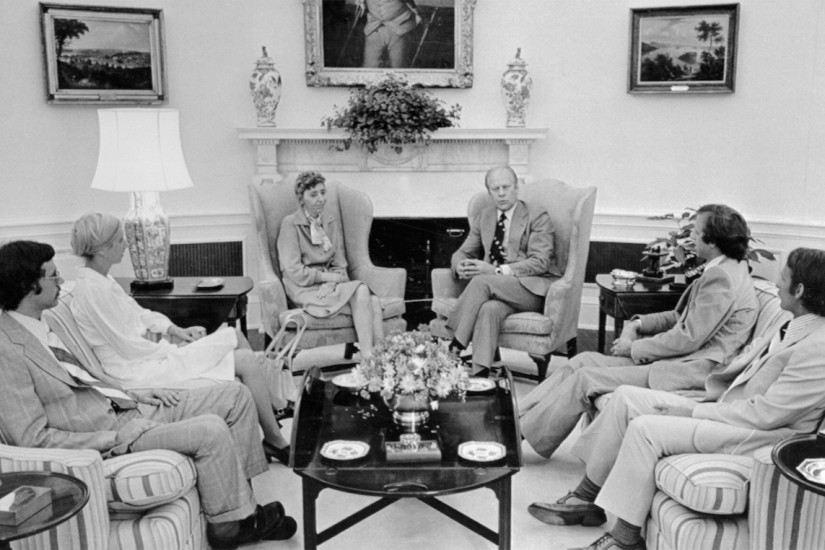Glass shattered high above Seventh Avenue in Manhattan before dawn on a cold November morning in 1953. Seconds later, a body hit the sidewalk. Jimmy, the doorman at the Statler hotel, was momentarily stunned. Then he turned and ran into the hotel lobby. “We got a jumper!” he shouted. “We got a jumper!”
The night manager peered up through the darkness at his hulking hotel. After a few moments, he picked out a curtain flapping through an open window. It turned out to be room 1018A. Two names were on the registration card: Frank Olson and Robert Lashbrook.
Police officers entered room 1018A with guns drawn. They saw no one. The window was open. They pushed open the door to the bathroom and found Lashbrook sitting on the toilet, head in hands. He had been sleeping, he said, and “I heard a noise and then I woke up.”
“The man that went out the window, what is his name?” one officer asked.
“Olson,” came the reply. “Frank Olson.”
“In all my years in the hotel business,” the night manager later reflected, “I never encountered a case where someone got up in the middle of the night, ran across a dark room in his underwear, avoiding two beds, and dove through a closed window with the shade and curtains drawn.”
Leaving the police officers, the night manager returned to the lobby and, on a hunch, asked the telephone operator if any calls had recently been made from room 1018A. “Yes,” she replied – and she had eavesdropped, not an uncommon practice in an era when hotel phone calls were routed through a switchboard. Someone in the room had called a number on Long Island, which was listed as belonging to Dr Harold Abramson, a distinguished physician, less well known as an LSD expert and one of the CIA’s medical collaborators.
“Well, he’s gone,” the caller had said. Abramson replied: “Well, that’s too bad.”
To the first police officers on the scene, this seemed like another of the human tragedies they saw too often: a distressed or distraught man had taken his own life. They could not have known that the dead man and the survivor were scientists who helped direct one of the US government’s most highly classified intelligence programmes.
